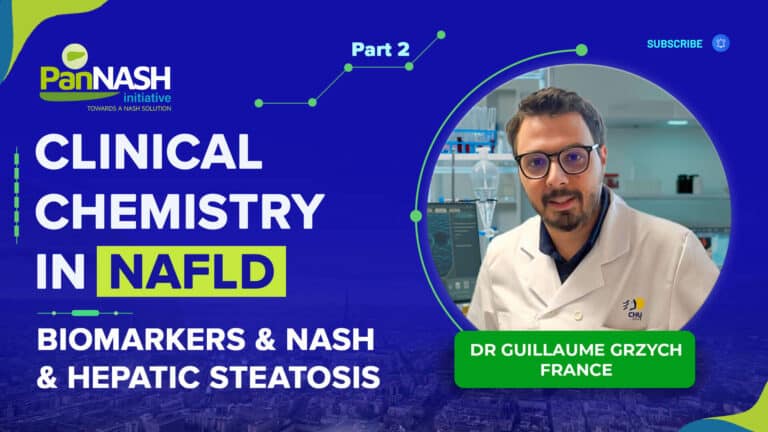So most of our strongest knowledge about PPAR (Peroxisome proliferator-activated receptors) agonists are with PPAR alpha agonists. Now PPAR alpha agonists is the motive action for the fibrate drugs and the main lipid effect of PPAR agonists is the lowering of triglycerides in the blood. Of course I mentioned that triglyceride is a strong consistent risk factor for Cardiovascular Disease and we are considering it a good biomarker for fatty liver and NASH (non-alcoholic steatohepatitis). Increases in HDL cholesterol are small but do tend to be consistent across PPAR alpha trials. The effects of LDL cholesterol on the other hand are pretty inconsistent among trials, so it’s not so clear what PPAR alpha agonism does to LDL cholesterol. Now in the big fibrate trials, there is much more risk reduction in dyslipidemic patients with high triglyceride and low HDL cholesterol than the complementary subgroup that is normal triglyceride and normal HDL cholesterol.
Meta analysis of fibrates
Overall meta-analysis of fibrates has shown that in the fibrate groups, including even the clofibrate meta-analysis, shows significant reduction in cardiovascular events. Then the subgroup analysis of these fibrate trials focused on dyslipidemic patients – those with high triglyceride and low HDL cholesterol. It is this dyslipidemic subgroup that has major benefits. For example, my colleagues and I did a meta-analysis of the big five fibrary trials which would include the Helsinki heart study, the VA US study, field accord and and Israeli study – the visa fibrate intervention program, so in terms of those big five studies, our meta-analysis shows a 35% risk reduction for PPAR alpha agonists and just lipidemia. Because of this, the group that is conducting a new fibrate trial that is pema fibrate, considered a sparm which is a selective PPAR alpha agonists. That’s a terrific lipid acting drug, it has a bigger effect on the lipid profile than other previous PPAR alpha agonists. So pema fibrate is being studied in the prominent study and it’s directly testing the dyslipidemia hypothesis by enrolling only patients that have high triglyceride and low HDL.
PPARs and cholesterol
I’ll just remind you that the active lipidemic subgroup was the subgroup in which PPAR alpha agonists were very effective. So the thought for NASH is if these drugs reduce triglyceride as the main mode of action, that they could be beneficial in NASH. So the high triglyceride as I mentioned is a marker for both atherogenic lipoprotein and an inflammatory fibrotic process in the liver. Now another type of PPAR is PPAR delta and PPAR delta agonists have had small amounts of study. The drug Seledelpar has been in development now for well over ten years. So this drug is very interesting because it has a stronger effect on LDL cholesterol than PPAR alpha and as you’ll see in a minute than PPAR delta. So apparently PPAR delta agonists will reduce LDL by a clinically relevant amount 15% to 20%. This is relevant to what a mind can do. Newer drugs are working on LGL cholesterol, reductions in the 15% to 20% are considered clinically relevant. It’s interesting that in statin-treated patients, Seledelpar did not add to LDL lowering achieved by statins, so the 15% to 20% is in non-statin users. Seledelpar reduced triglyceride by 22% to 32% in these studies however there is no effect of added statin. So opposite to what has been shown for LDL cholesterol, Seledelpar reduces triglyceride whether or not a patient is being treated with statin so this is very interesting and we would need more data to be more clear on this kind of unusual interaction. The effect on HDL cholesterol is variable. Free fatty acid levels decrease which would suggest that PPAR delta agonist improves insulin sensitivity. CRP decreased which is also a favorable indicator that inflammation is being reduced, however insulin resistance based on plasma glucose and insulin levels in producing the homa index is unclear. Now the problem with Seledelpar has been whether there actually is a benefit to a liver outcome. This will be discussed later.




